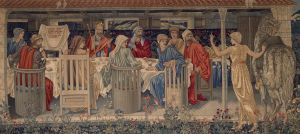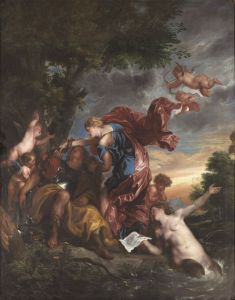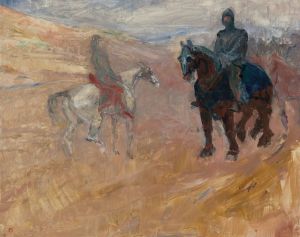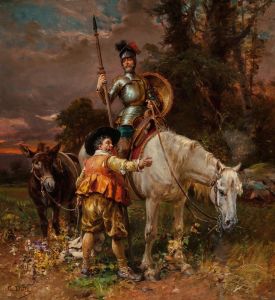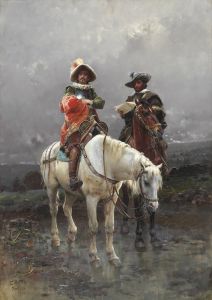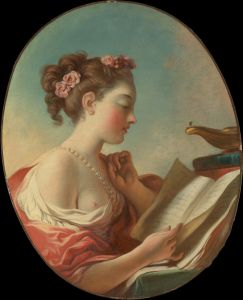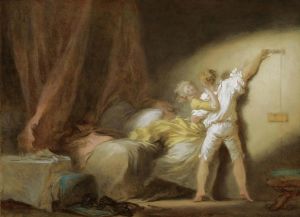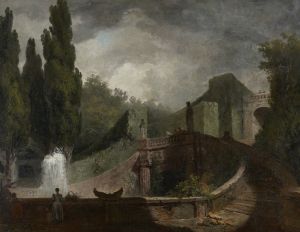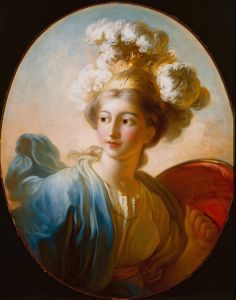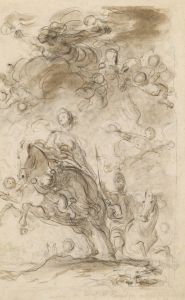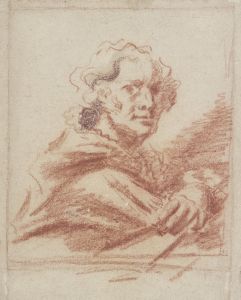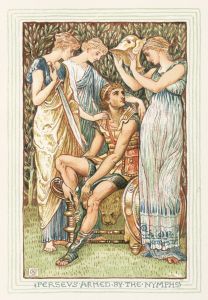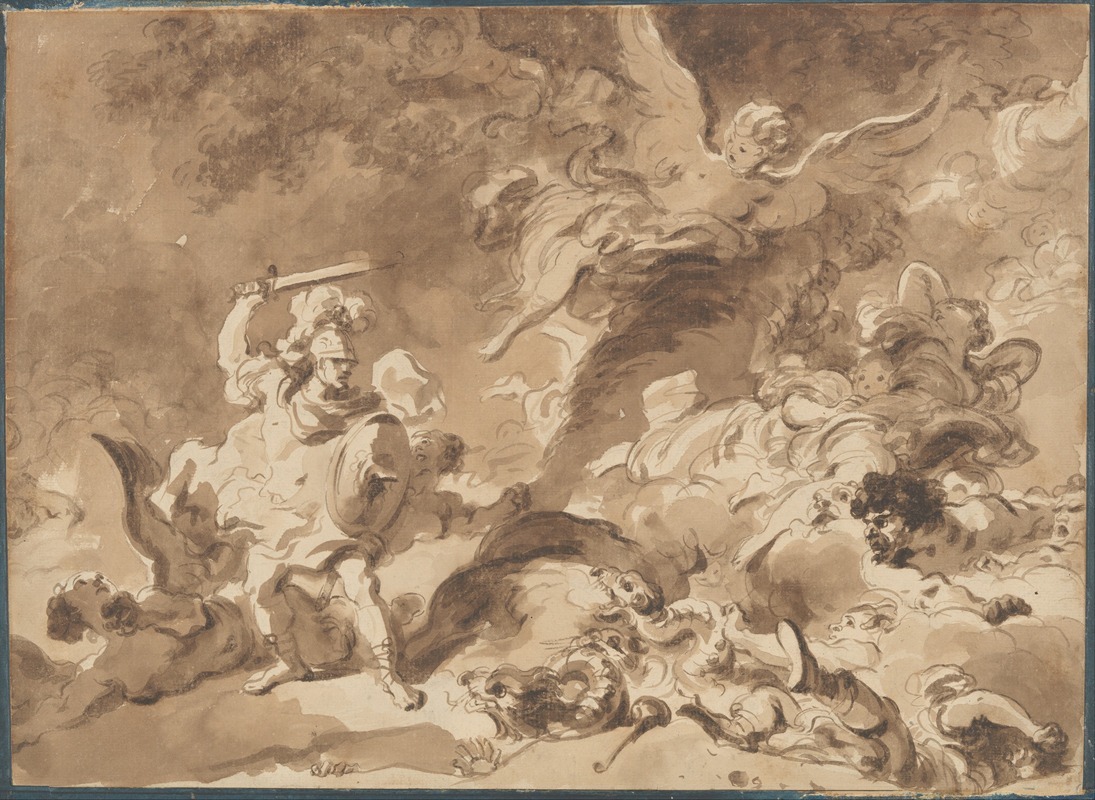
Rinaldo in the Enchanted Forest
A hand-painted replica of Jean-Honoré Fragonard’s masterpiece Rinaldo in the Enchanted Forest, meticulously crafted by professional artists to capture the true essence of the original. Each piece is created with museum-quality canvas and rare mineral pigments, carefully painted by experienced artists with delicate brushstrokes and rich, layered colors to perfectly recreate the texture of the original artwork. Unlike machine-printed reproductions, this hand-painted version brings the painting to life, infused with the artist’s emotions and skill in every stroke. Whether for personal collection or home decoration, it instantly elevates the artistic atmosphere of any space.
Jean-Honoré Fragonard's painting "Rinaldo in the Enchanted Forest" is a notable work by the French Rococo artist, created around 1763-1765. Fragonard, born in 1732 and active until his death in 1806, is celebrated for his exuberant and fluid style, often depicting scenes of romance and playful elegance. This particular painting draws its subject from Torquato Tasso's epic poem "Gerusalemme Liberata" (Jerusalem Delivered), which was first published in 1581.
The painting illustrates a scene from the poem where the knight Rinaldo is ensnared in an enchanted forest by the sorceress Armida. In Tasso's narrative, Armida, an enchantress allied with the Saracens, captures Rinaldo, a Christian knight, intending to seduce and distract him from his crusading mission. Fragonard's depiction captures the moment of enchantment, emphasizing the lush, dreamlike quality of the forest and the romantic tension between the characters.
Fragonard's "Rinaldo in the Enchanted Forest" is characterized by its dynamic composition and vibrant use of color, hallmarks of the Rococo style. The painting features a rich palette with soft, pastel hues and intricate detailing, particularly in the foliage and the figures' garments. The artist's brushwork is loose and expressive, contributing to the overall sense of movement and enchantment in the scene.
The figures of Rinaldo and Armida are central to the composition. Rinaldo is depicted in a state of passive enchantment, his posture relaxed and his gaze directed towards Armida, who appears both alluring and commanding. Armida's figure is rendered with a sense of grace and fluidity, her gestures and expression conveying a mix of seduction and control. The surrounding forest is depicted with a fantastical quality, its dense foliage and winding paths enhancing the sense of otherworldliness.
Fragonard's ability to convey emotion and narrative through his use of light and color is evident in this work. The interplay of light and shadow creates a sense of depth and highlights the central figures, drawing the viewer's eye to the interaction between Rinaldo and Armida. The painting's composition and use of space guide the viewer through the enchanted forest, emphasizing the magical and seductive atmosphere of the scene.
"Rinaldo in the Enchanted Forest" reflects Fragonard's mastery of the Rococo style and his talent for storytelling through visual art. The painting is a testament to his skill in capturing the essence of literary themes and translating them into vivid, engaging imagery. It remains an important example of 18th-century French painting and Fragonard's contribution to the art world.
This work is part of the collection at the Louvre Museum in Paris, where it continues to be admired for its artistic merit and historical significance. Fragonard's interpretation of Tasso's epic poem offers a glimpse into the Rococo era's fascination with romance, fantasy, and the interplay between reality and imagination.





